14 Herbs That Grow Well in Chilly Early-Season Weather
Gardening in cooler temperatures can be a challenge, but some herbs thrive in these conditions. These plants are resilient and can handle the chill of early spring. If you are eager to get a head start on your garden, consider planting herbs that enjoy the cooler weather. With the right care, they will grow strong and flavorful.
This post may contain affiliate links, which helps keep this content free. Please read our disclosure for more info.
Chives
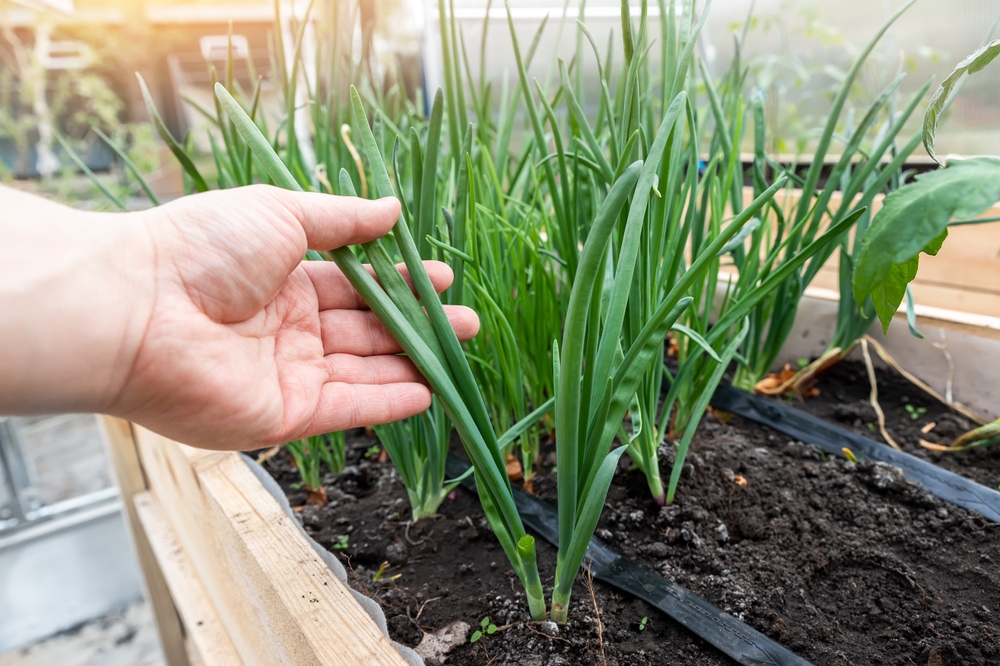
Chives are one of the most reliable herbs to grow in cooler weather. They can handle the early-season chill and often begin sprouting as soon as the ground thaws. Chives have a mild, onion-like flavor that works well in a variety of dishes, from salads to soups. They are also perennial, meaning they will return year after year, giving you fresh herbs each season.
Planting chives early can give you a jumpstart on your herb garden. They thrive in well-drained soil and full sun, but they can tolerate some shade as well. Chives grow best when their roots are kept cool, so avoid planting them in areas with intense heat. Once established, they are easy to maintain and can be harvested multiple times throughout the growing season.
Parsley
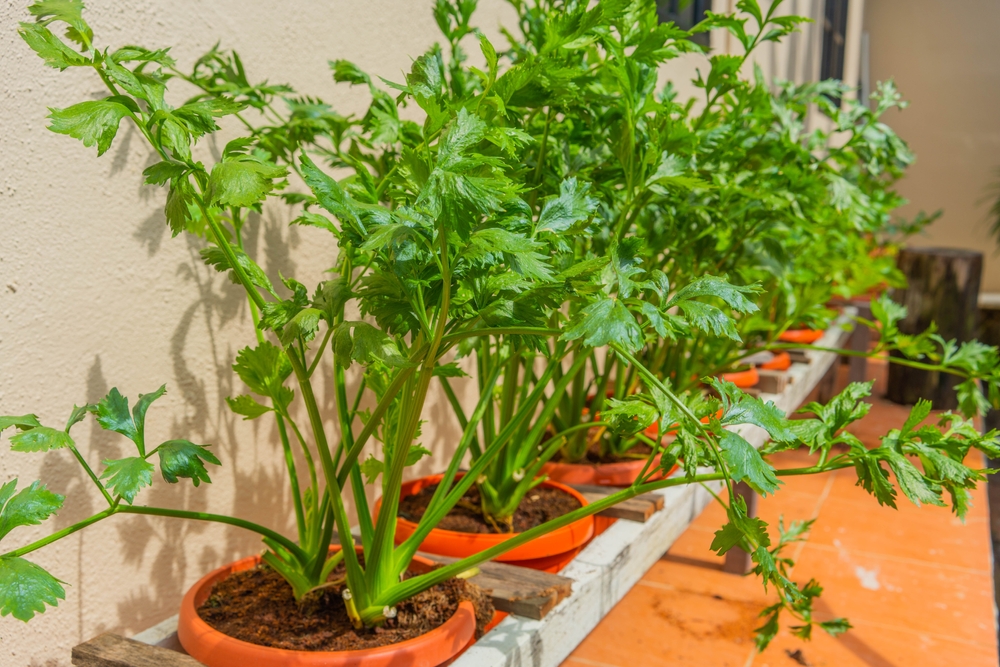
Parsley is a hardy herb that flourishes in cooler temperatures, making it perfect for early-season gardens. It can withstand light frosts, which gives it an edge in chilly conditions. Parsley is packed with nutrients and adds freshness to a wide range of dishes, from stews to garnishes. It also thrives in containers, so it is a great choice for small gardens or even window boxes.
To grow parsley, plant it in moist, well-drained soil that gets a moderate amount of sunlight. Be sure to keep the soil consistently moist, as parsley does not like to dry out. It is a slow starter, so be patient as it takes a little longer to establish. Once it does, you can begin harvesting the leaves to enjoy its bright, slightly peppery flavor.
Cilantro

Cilantro is an herb that enjoys cooler temperatures and can be planted early in the season. It is known for its bright, citrusy flavor, which is a staple in many dishes like salsa and curries. This herb is fast-growing, and you can expect to see fresh leaves within a few weeks after planting. If you want to enjoy cilantro before the heat of summer, early-season planting is the way to go.
Cilantro prefers well-drained soil and plenty of sunlight, but can handle cooler conditions as it matures. It grows quickly and is ideal for succession planting, allowing you to harvest fresh leaves throughout the early part of the season. If left to flower, cilantro will eventually produce seeds, which can be harvested for coriander. Be mindful of temperature fluctuations, as cilantro tends to bolt in the heat, ending the harvest.
Mint

Mint is another herb that thrives in cooler temperatures, making it suitable for early-season gardens. It is known for its refreshing, aromatic leaves, which are perfect for teas, desserts, or savory dishes. Mint is a vigorous grower, often spreading rapidly, so it is a good idea to plant it in containers to control its growth. Even in the chill of early spring, mint will begin to sprout and establish itself.
To grow mint successfully, plant it in moist, well-drained soil and a partially shaded location. Mint prefers cooler weather, but it can tolerate some sun as the season progresses. Watering regularly is important, but avoid letting the soil become soggy. This herb will continue to grow throughout the season, and you can begin harvesting the leaves as soon as the plant becomes established.
Thyme

Thyme is a versatile herb that does well in early-season gardens, especially in cooler weather. This herb has a strong, earthy flavor and can be used fresh or dried in a variety of dishes. Thyme is a hardy perennial, so once it is established, it will come back year after year. It grows well in both containers and garden beds and can handle light frosts, making it a great option for early-season planting.
Plant thyme in well-drained, slightly sandy soil, as it prefers drier conditions. It needs plenty of sunlight to grow, so choose a sunny spot in your garden. Thyme is drought-tolerant and requires minimal watering once established. Once it starts growing, you can harvest the small leaves, which can be used to add depth to soups, meats, or even roasted vegetables.
Oregano
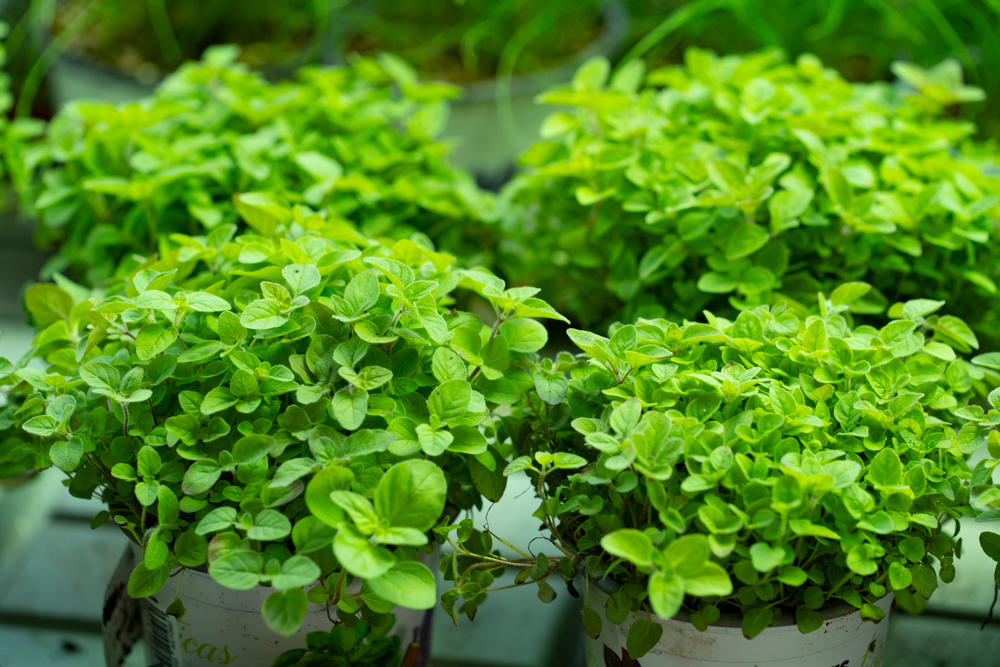
Oregano is another herb that thrives in cooler temperatures, particularly in the early stages of the growing season. It is known for its robust, slightly spicy flavor, which is often used in Mediterranean and Italian cooking. Oregano is a perennial herb, meaning it will continue to grow year after year with minimal care. In early spring, oregano will begin to show signs of life, growing quickly as the season warms.
For optimal growth, plant oregano in well-drained, slightly alkaline soil. It prefers full sun but can tolerate partial shade. Oregano does not need frequent watering, as it is quite drought-tolerant once established. You can begin harvesting the leaves as the plant matures, and they will have the most flavor just before the flowers appear.
Sorrel
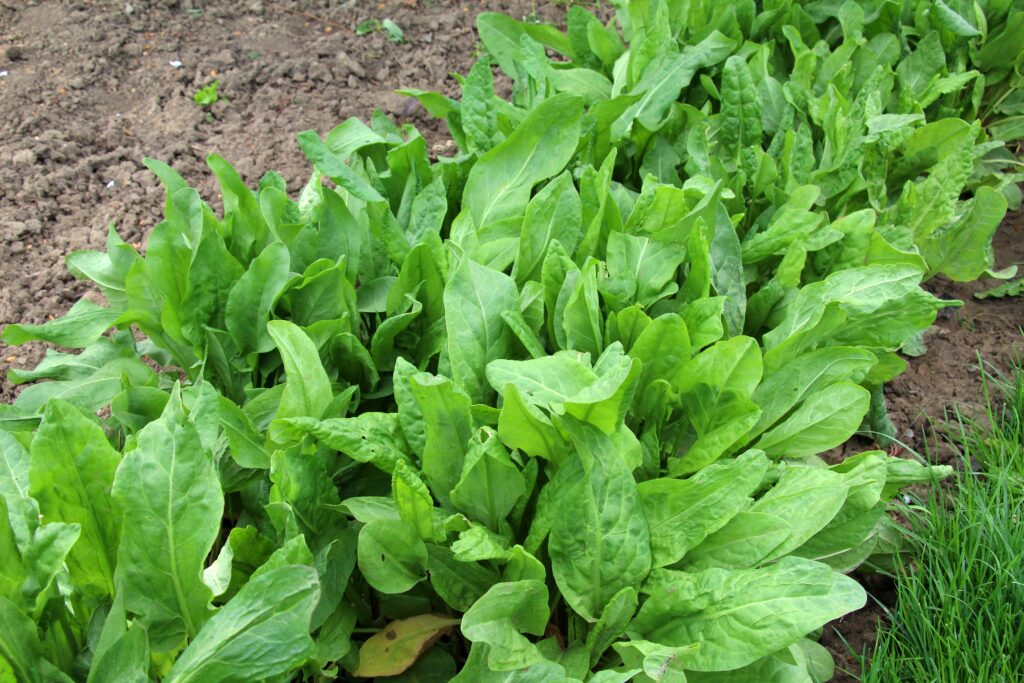
Sorrel is a hardy, leafy herb that grows well in cool temperatures, making it ideal for early-season gardening. It has a tangy, lemony flavor that works well in soups, salads, and sauces. Sorrel is a perennial herb, so it will come back year after year once established in your garden. In spring, you can begin harvesting the leaves, which will be tender and flavorful.
This herb thrives in moist, well-drained soil and can tolerate some shade. Sorrel does best in temperatures between 50 and 70 degrees Fahrenheit, making it perfect for early-season planting. It grows quickly, so you can start enjoying fresh leaves within weeks of planting. Be sure to harvest the leaves regularly to keep the plant producing throughout the growing season.
Arugula

Arugula is a fast-growing, cool-weather herb that thrives in early spring. Known for its peppery, slightly bitter taste, arugula is often used in salads, sandwiches, or as a garnish. It grows quickly, and you can expect to start harvesting leaves within a few weeks of planting. Arugula is especially suited for early-season gardens since it prefers the cooler temperatures of spring.
To grow arugula, plant it in well-drained soil that receives partial to full sunlight. It prefers cooler weather and grows best when daytime temperatures stay below 70 degrees Fahrenheit. Be sure to water regularly to keep the soil moist, but avoid overwatering. Harvest the leaves when they are young and tender for the best flavor, and the plant will continue to produce new growth.
Chervil
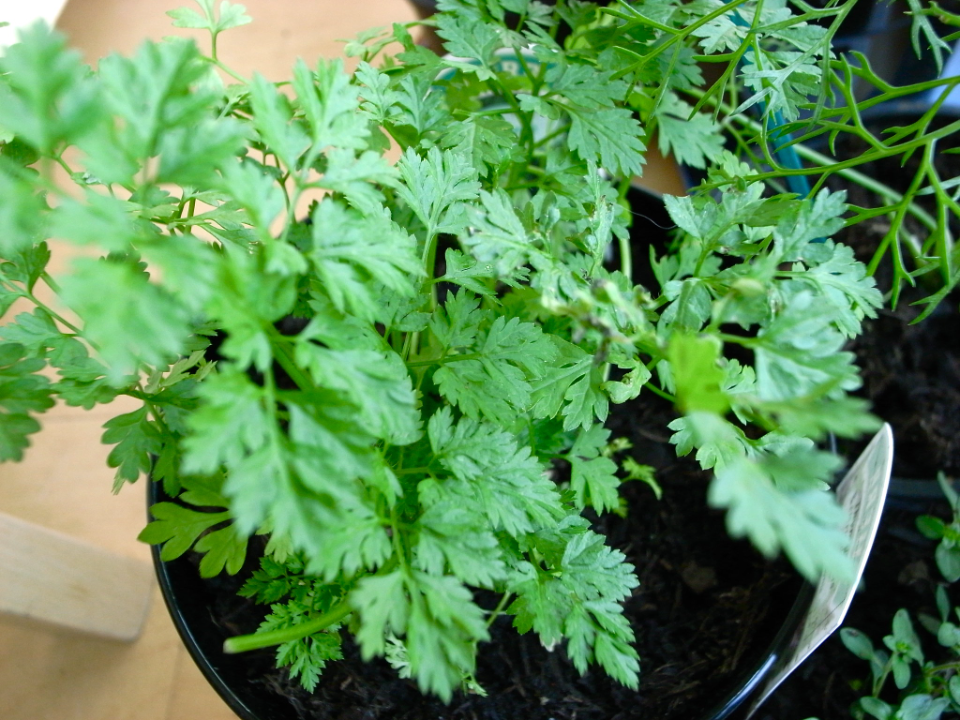
Chervil is a delicate herb that thrives in cool weather and can be planted early in the season. With its mild, anise-like flavor, it is often used in French cuisine, particularly in sauces, soups, and salads. Chervil grows quickly, and you can begin harvesting the young leaves within a few weeks of planting. Its light, feathery leaves add a fresh, herbaceous flavor to dishes.
Chervil prefers well-drained, moist soil and a location with partial to full shade. It is not as tolerant of hot weather, so it is best grown in early spring before the temperatures rise. Regular watering is important to keep the soil consistently moist. Harvest the leaves before the plant flowers for the best flavor, as it tends to become bitter once it blooms.
Lovage

Lovage is a perennial herb that thrives in cool temperatures, making it ideal for early-season gardening. Its flavor is similar to celery but with a stronger, more robust taste. Lovage can grow quite tall, and its leaves are used in soups, stews, and salads. It is a hardy herb that will return each year, making it a great addition to your garden.
Plant lovage in rich, well-drained soil with plenty of sunlight. It prefers cooler temperatures and does well in the early spring months. Lovage requires regular watering to keep the soil moist, especially during dry spells. You can start harvesting the leaves once the plant becomes established, and it will continue to grow throughout the season.
Fennel
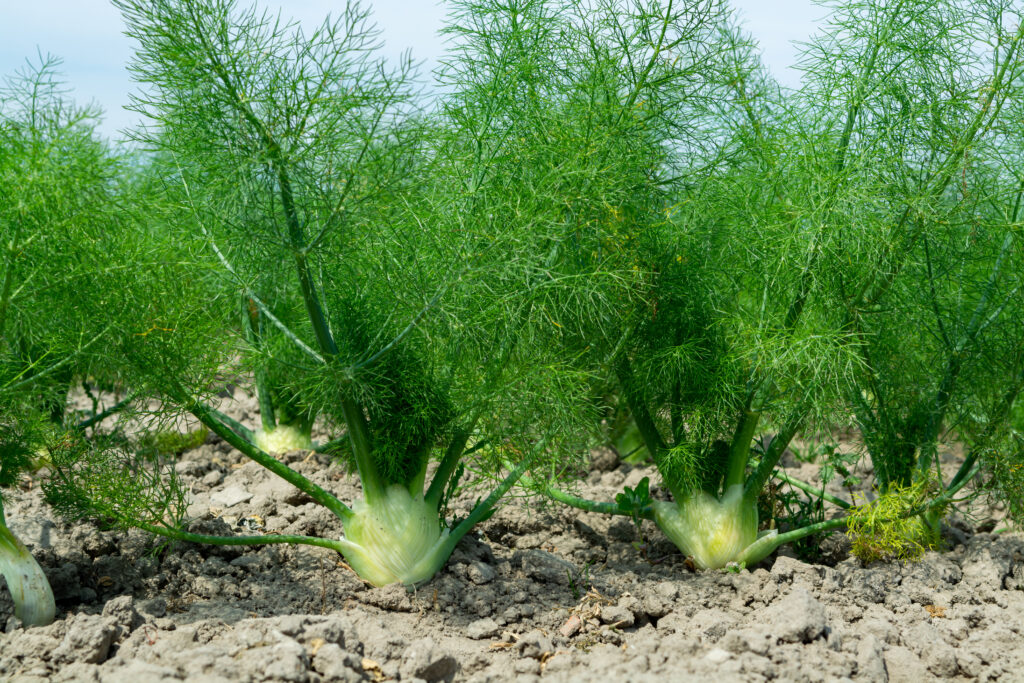
Fennel is a versatile herb that grows well in cool temperatures, making it suitable for early-season gardening. It has a mild, licorice-like flavor and is used in both savory and sweet dishes. Fennel grows quickly, and both the fronds and bulb are edible, making it a great addition to your garden. It can be used fresh or dried, and the seeds can be harvested for culinary use.
To grow fennel, plant it in well-drained soil that receives plenty of sunlight. Fennel prefers cooler temperatures and should be planted early in the season to avoid the heat of summer. Water regularly, but avoid overwatering as fennel does not like soggy soil. Once established, fennel is easy to care for and will continue to grow throughout the season.
Tarragon
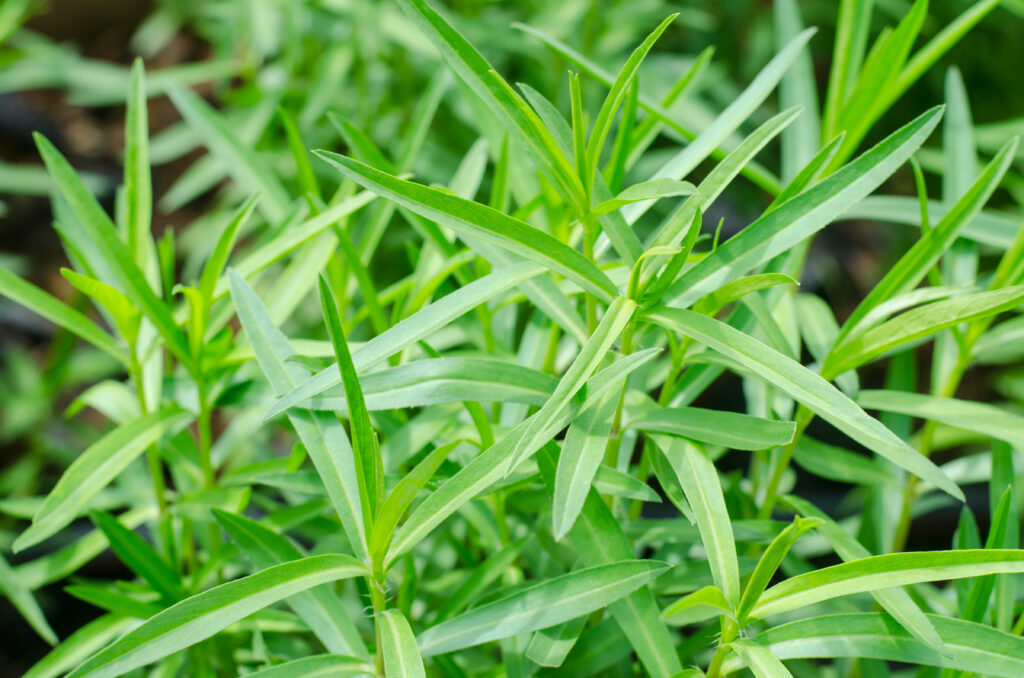
Tarragon is a flavorful herb that thrives in cooler temperatures, making it perfect for early-season planting. Known for its distinct, slightly bitter flavor with hints of anise, tarragon is often used in French cuisine. It is a hardy perennial that can be grown year after year, and it will begin to sprout as soon as the weather warms up. Tarragon grows well in well-drained soil and sunny locations.
To grow tarragon, plant it in loose, well-drained soil with a moderate amount of sunlight. It requires little water once established, so be sure to allow the soil to dry between waterings. Tarragon grows slowly at first, but once it matures, it becomes a strong, productive plant. Harvest the leaves early in the season for the best flavor.
Borage
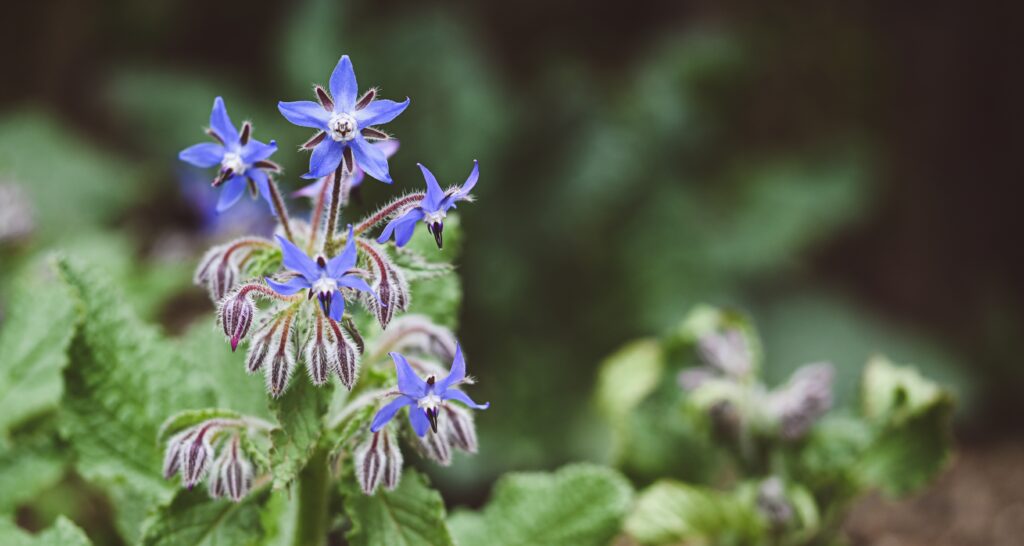
Borage is a hardy herb that thrives in cool temperatures and can handle early-season weather. Its bright blue flowers are edible and have a cucumber-like taste, while the leaves are used in salads, soups, and teas. Borage is easy to grow and will establish itself quickly once planted. It can tolerate light frosts, which makes it a great herb to plant in early spring.
Plant borage in well-drained soil with plenty of sunlight. It grows best in cooler temperatures but can handle some warmth as the season progresses. Borage benefits from regular watering, but be sure to let the soil dry out between waterings. Once established, it will continue to grow throughout the season, providing both flowers and leaves for culinary use.
Cress
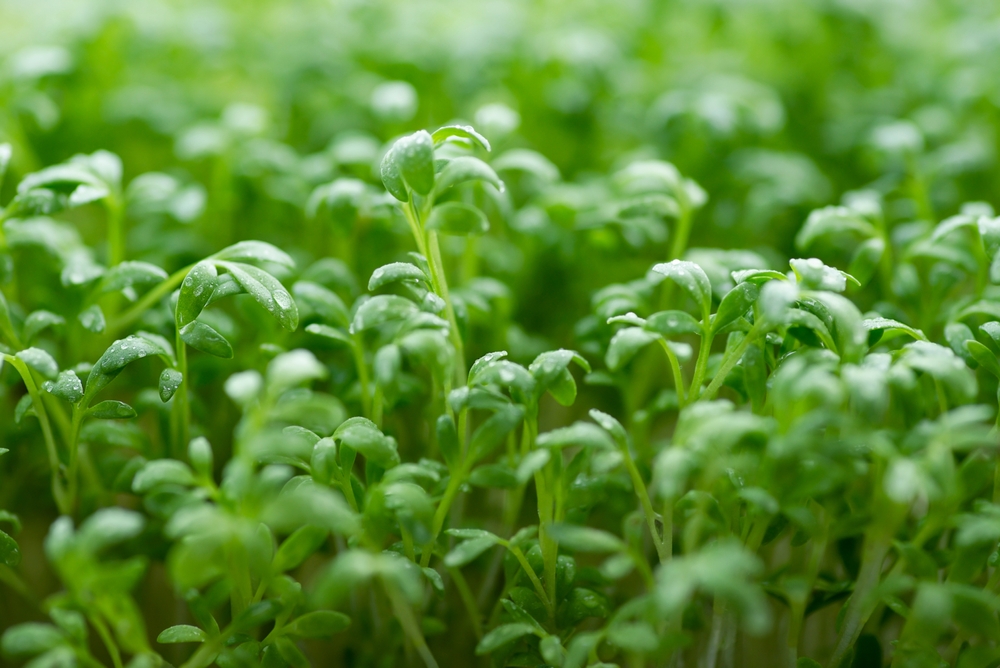
Cress is a fast-growing herb that thrives in cool weather, making it an ideal choice for early-season planting. It has a peppery flavor that adds a nice kick to salads and sandwiches. Cress grows quickly, and you can begin harvesting the leaves within a week or two of planting. It is a great option for gardeners looking for a quick and easy crop in cooler temperatures.
Plant cress in moist, well-drained soil in a location that receives partial to full sunlight. It grows best in temperatures between 50 and 70 degrees Fahrenheit, which makes it perfect for early-season gardens. Cress does not require much attention once it is established, and it can be harvested regularly. Its fast-growing nature ensures you will have fresh herbs in no time.
This article originally appeared on Avocadu.
